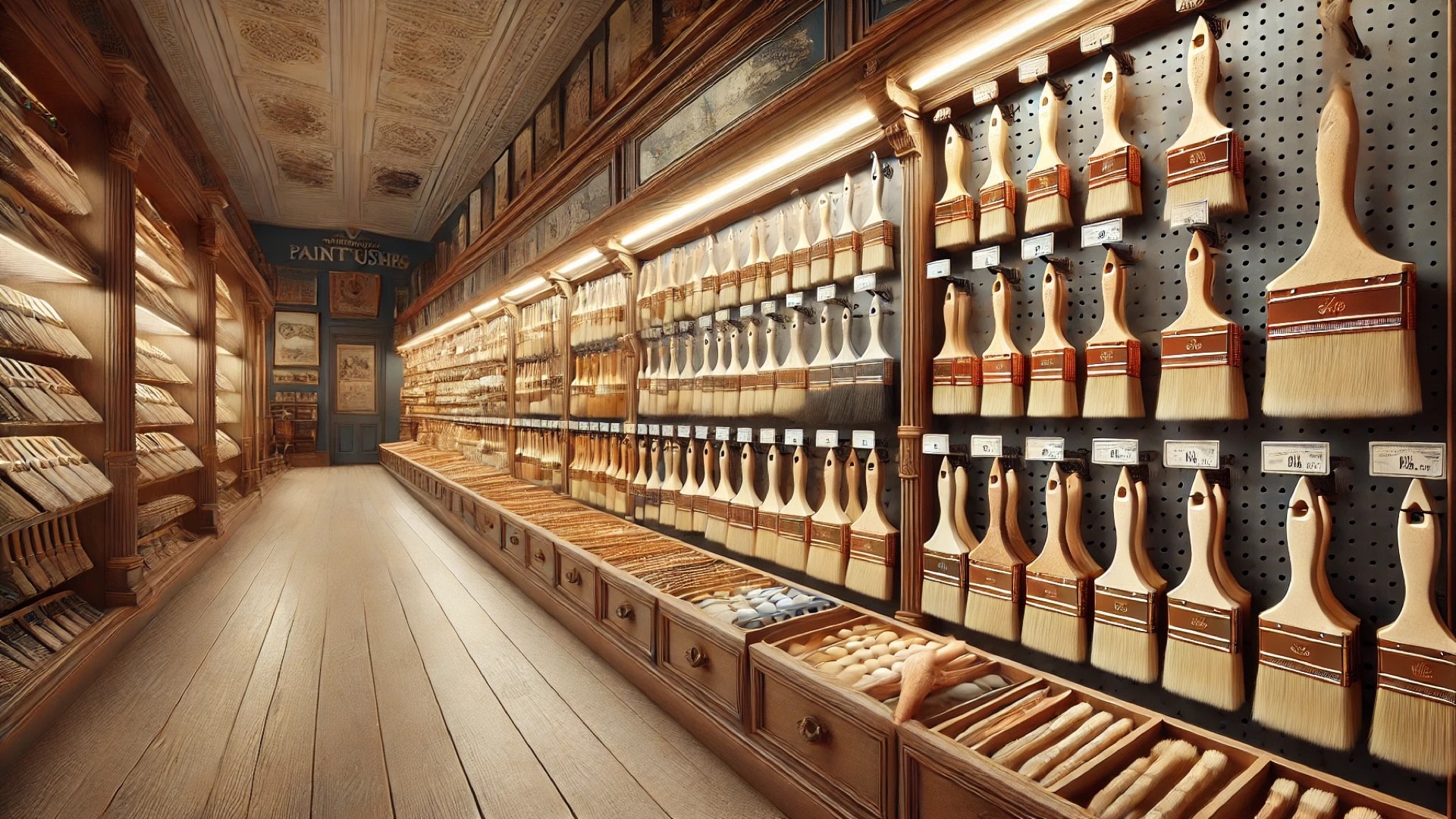
Discovering the Right Paint Brush: Round vs. Flat
Imagine walking down the paint aisle, an array of brushes lined up like colorful soldiers ready for battle. On one side, you have the flat brushes, wide and angular; on the other, the round brushes, plump and inviting. As you stand there, maybe you pick one up, contemplating whether it'll be your secret tool for transforming walls, or if it’ll lead to a painting mess that looks like a child's finger-painting. Understanding the nuances and applications of round versus flat paint brushes can elevate your painting game significantly. Let’s dive in.
A Brief History of Paint Brushes
Brushes have a rich legacy, rooted deep in art history. Believe it or not, most brushes used to be round! In the 1700s, painters in Holland wielded plump round brushes made of quills. The introduction of metal ferrules during the Industrial Revolution enabled the flat brush’s birth, changing how painters approached their craft. As homes expanded and architectural details became more intricate, flat brushes gained popularity in America, especially as rollers emerged in the mid-20th century. Yet, the streamlined design of round brushes never lost their appeal; they remain a favorite in European craftsmanship.
The Science of Brush Materials
Choosing the right brush also requires understanding the bristles. Natural bristles, although fantastic for oils and varnishes, struggle under water-based paints, while synthetic bristles—such as nylon and polyester—excel with latex varieties. Among them, Chinex stands out for its resilience and ability to maintain shape even with thicker paints. For those invested in both craftsmanship and aesthetics, knowing which bristle works best can significantly influence the final look of any painting project.
Regular Round vs. Pointed Sash Brushes
Two types of round brushes offer different experiences. Regular round brushes excel at painting curved surfaces efficiently, distributing paint smoothly on intricate trim or architectural features, making it the go-to brush for delicate detailing. Think of it as your brush for curves, easily gliding along without hesitation.
In contrast, the pointed sash brush is designed for precision. Its sharp tip makes it ideal for cutting in edges and getting into finer crevices. Whether you're detailing intricate moldings or sharp window lines, understanding the functionality of both can elevate your crafting process and result in a polished finish.
The Aesthetic Appeal of Quality Brushes
For homeowners valuing craftsmanship, the quality of your tools directly impacts the results. High-quality brushes offer not just durability but also an artistic expression in every stroke. They ensure that you maintain the architectural integrity of your home, enhancing its beauty rather than adding to maintenance woes. As an owner of a historic or upscale property, the relationship you foster with your tools is just as crucial as the paint you choose.
Final Thoughts: Elevate Your Painting Game
Choosing between round and flat paint brushes is more than just selecting a tool. It’s about aligning your tools with your vision for your property. As you renovate, consider your previous choices and embrace the modern materials that allow for enhanced performance and aesthetic appeal. The right brush can turn your painting project from a simple task into an art form. So, whether you’re channeling your inner artisan or simply refreshing your space, understand your options and make your next painting project a masterstroke!
If you've enjoyed exploring the differences between round and flat paint brushes and wish to elevate your craftsmanship further, dive deeper into the world of design and artistry. Discover best practices, trends in architectural aesthetics, and more. Your journey into refined craftsmanship awaits!
 Add Row
Add Row  Add
Add 




Write A Comment